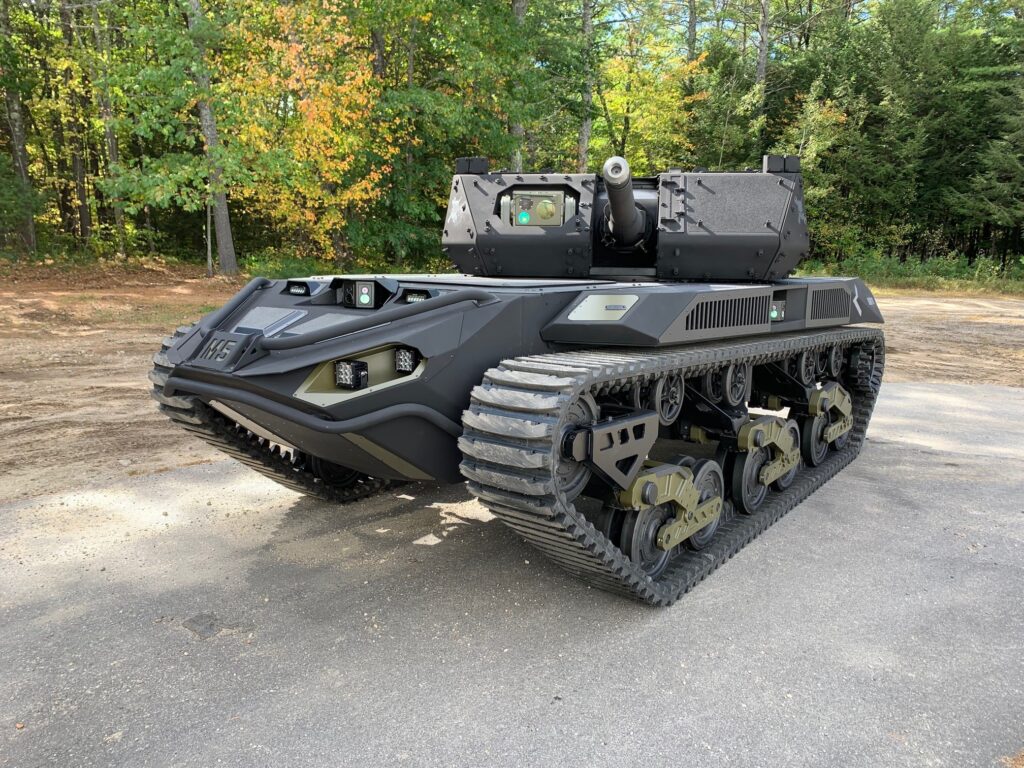Defense Daily
-
Friday, June 20, 2025
- Collins Slams Army’s Decision To Cancel Robotic Combat Vehicle
- Kelly Pushes Hegseth On Golden Dome Reality, Cutting Pentagon Testers
- Anduril Offers Autonomous Air Vehicles, Rocket Motors To Europe In Partnership With Rheinmetall
- Driscoll Says Details On Army Transformation Initiative Coming In June
- Trump Nominates Caudle As Next Chief of Naval Operations
- DoD CIO Official: Satcom Needs its ‘3GPP Moment’
- B-52H Upgrades Face Supply Challenges
- Commentary: DoD Zeroes in on Boosting Cybersecurity for Systems that Sustain the Military
- Editor’s Note
-
Friday, June 20, 2025
- Collins Slams Army’s Decision To Cancel Robotic Combat Vehicle
- Driscoll Says Details On Army Transformation Initiative Coming In June
- B-52H Upgrades Face Supply Challenges
- Kelly Pushes Hegseth On Golden Dome Reality, Cutting Pentagon Testers
- Anduril Offers Autonomous Air Vehicles, Rocket Motors To Europe In Partnership With Rheinmetall
- Trump Nominates Caudle As Next Chief of Naval Operations
- DoD CIO Official: Satcom Needs its ‘3GPP Moment’
- Commentary: DoD Zeroes in on Boosting Cybersecurity for Systems that Sustain the Military
- Editor’s Note
-
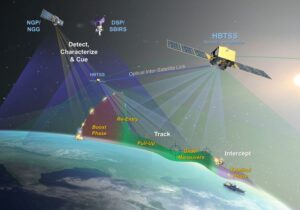 Missile Defense
Missile DefenseKelly Pushes Hegseth On Golden Dome Reality, Cutting Pentagon Testers
Sen. Mark Kelly (D-Ariz.) on Wednesday showed strong skepticism that the wide-ranging Golden Dome missile defense initiative is realistic while also cutting the Pentagon’s independent weapons testing office that could […]
Tagged in: -
 Space
SpaceDoD CIO Official: Satcom Needs its ‘3GPP Moment’
Satcom leaders at the Department of Defense Chief Information Officer (DoD CIO) are pushing to modernize user terminals and teleports, leaning into software-defined architectures to make use of military, commercial and […]
-
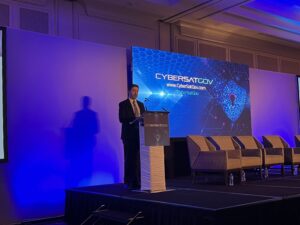 Uncategorized
UncategorizedCommentary: DoD Zeroes in on Boosting Cybersecurity for Systems that Sustain the Military
By Steve Orrin, Defense Opinion Writer The Department of Defense (DoD) is sharpening its cybersecurity focus on operational technology (OT), the systems that sustain military operations. With hostile actors increasingly targeting these […]
-
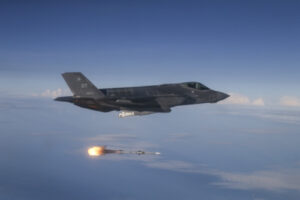 Uncategorized
UncategorizedEditor’s Note
In observance of the Juneteenth holiday, Defense Daily will not be published June 19. Your next issue will be dated June 23.
Tagged in: -
 Army
ArmyDriscoll Says Details On Army Transformation Initiative Coming In June
Details on a $48 billion plan the Army is undertaking to shed investments in obsolete and low priority programs and efforts in favor of high priority needs are forthcoming in […]
-
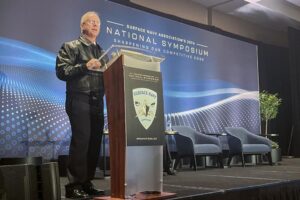 Navy/USMC
Navy/USMCTrump Nominates Caudle As Next Chief of Naval Operations
President Trump nominated Adm. Daryl Caudle to be the next Chief of Naval Operations (CNO) this month, after removing Adm. Lisa Franchetti about four months ago. According to a congressional […]
Tagged in: -
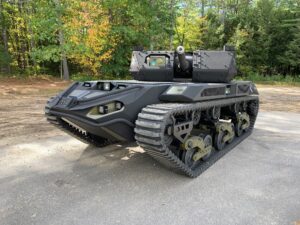 Budget
BudgetCollins Slams Army’s Decision To Cancel Robotic Combat Vehicle
The chairwoman of the Senate Appropriations Committee on Wednesday knocked the Army’s recent decision to cancel a robotic ground vehicle program that she said is a testament to the innovation […]
-
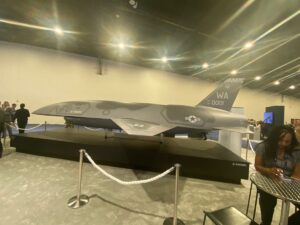 Business/Financial
Business/FinancialAnduril Offers Autonomous Air Vehicles, Rocket Motors To Europe In Partnership With Rheinmetall
Anduril Industries is offering its Barracuda and Fury air vehicles to Europe through a partnership with Germany’s Rheinmetall, which will provide its digital platform that will integrate the autonomous air […]
Tagged in:

